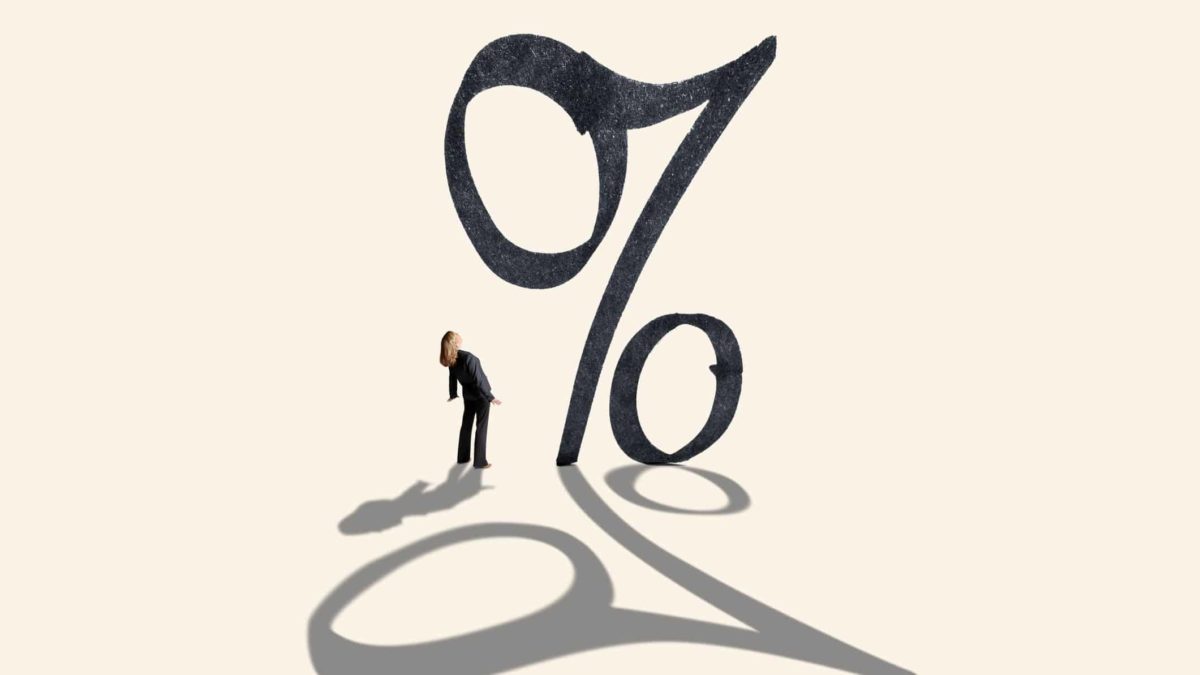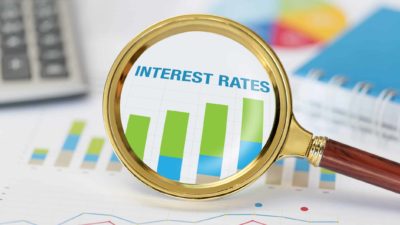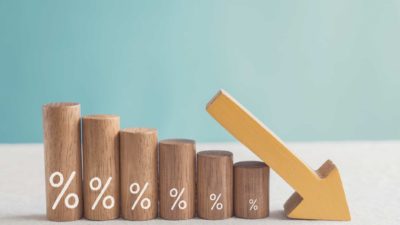The S&P/ASX 200 Index (ASX: XJO) closed well into the green yesterday, up 1%.
Still the ASX 200 remains down more than 7% since the opening bell on 4 January.
The initial slide was largely fuelled by investor fears over fast rising inflation. That came with the realisation that Reserve Bank of Australia (RBA) could be lifting the official cash rate from the historic low 0.10% a lot sooner than the central bank had forecast at the end of 2021.
Higher interest rates can put pressure on share markets, as the cost of money essentially goes up.
This saw the ASX 200 fall 8.2% in January.
Tech shares were particularly hard hit. Many tech shares are priced with distant future earnings in mind. Hence the 17.1% decline in the S&P/ASX All Technology Index (ASX: XTX) in January.
Things briefly began to tick higher from there.
Until, as you're aware, Russia first massed its troops around Ukraine and then invaded in an all-out assault.
Atop the horrific human toll, Russia's invasion has sent commodity prices soaring, with many trading at all-time highs. Brent crude oil topped US$130 per barrel overnight.
And that could accelerate the pace at which ASX investors can expect the first RBA rate rise from governor Philip Lowe.
Can ASX investors expect higher rates this year?
Speaking at The Australian Financial Review Business Summit in Sydney, Lowe pointed out that inflation in Australia remains well below that witnessed in the United States and many other developed nations.
The RBA governor appeared in no hurry to increase the cash rate, noting that moving too soon could impact the strongly rebounding labour market. And he's not yet convinced that inflation will sustainably run ahead of the RBA's 2–3% target range.
According to Lowe (quoted by the AFR):
The Reserve Bank will respond as needed and do what is necessary to maintain low and stable inflation in Australia… Australia has the opportunity to secure a lower rate of unemployment than has been the case for some decades. Moving too early could put this at risk. The recent lift in inflation has brought us closer to the point where inflation is sustainably in the target range. So, too, have recent global developments. But we are not yet at that point.
Lowe said that while the RBA believes headline inflation will run higher than 4%, it remained unclear how long that might last. "We can afford to look through a period of temporarily high inflation because of higher oil prices and commodity price shocks if we think that they will eventually wash through," he said.
"There is a risk if these higher inflation rates are sustained as a result of a sequence of negative supply shocks, that wages growth picks up more quickly than forecast as workers seek compensation for the higher inflation," Lowe added.
In his formal remarks, Lowe left open the door for a higher cash rate in 2022:
In this uncertain environment – and with the starting points for wages growth and underlying inflation in Australia – we can take the time to assess the incoming information and review how the uncertainties are resolved. Given the outlook, though, it is plausible that the cash rate will be increased later this year.
What the economists are saying
While Lowe sounded a somewhat dovish tone, many leading economists are forecasting ASX shares could be impacted (some negatively, others positively) by rising rates as early as June. With more rate rises likely to follow in 2022 alone.
Among them, Commonwealth Bank of Australia (ASX: CBA) head of Australian economics, Gareth Aird and his team are expecting the RBA to make its first rate lift in June.
Last month, before Russia launched its war in Ukraine, Aird said:
We are very comfortable with our expectation that the Q1 2022 underlying inflation data will be a lot stronger than the RBA's forecast. If the Q1 2022 CPI prints in line with our forecast, the RBA will not need an additional CPI to conclude that inflation is 'sustainably within the target range'. The RBA will simply need to be satisfied that wages growth is moving towards the desired levels.
On the outlook for inflation down under, AMP Capital Markets economist, Diana Mousina said:
In Australia, the total inflation impact from the Russia/Ukraine war and the floods will add 0.5 percentage points to March quarter headline inflation and 0.2 percentage points in the June quarter from lingering high commodity prices. This means that we expect annual headline inflation growth of just over 5% in June and around 4.5% over the year to December.
Now all this doesn't mean it's time to panic.
ASX shares have weathered rising rates before. And over the long-term most of them have come out just fine. As have their shareholders.
But with rising rates looming on the horizon, ASX investors may wish to run the slide rule over their specific holdings.









